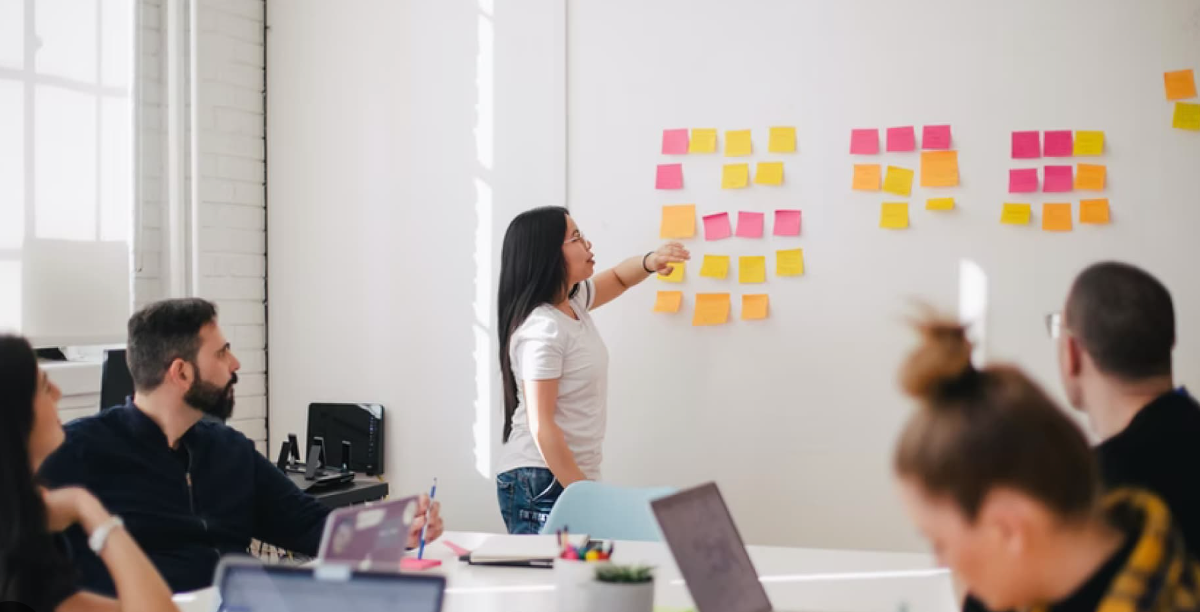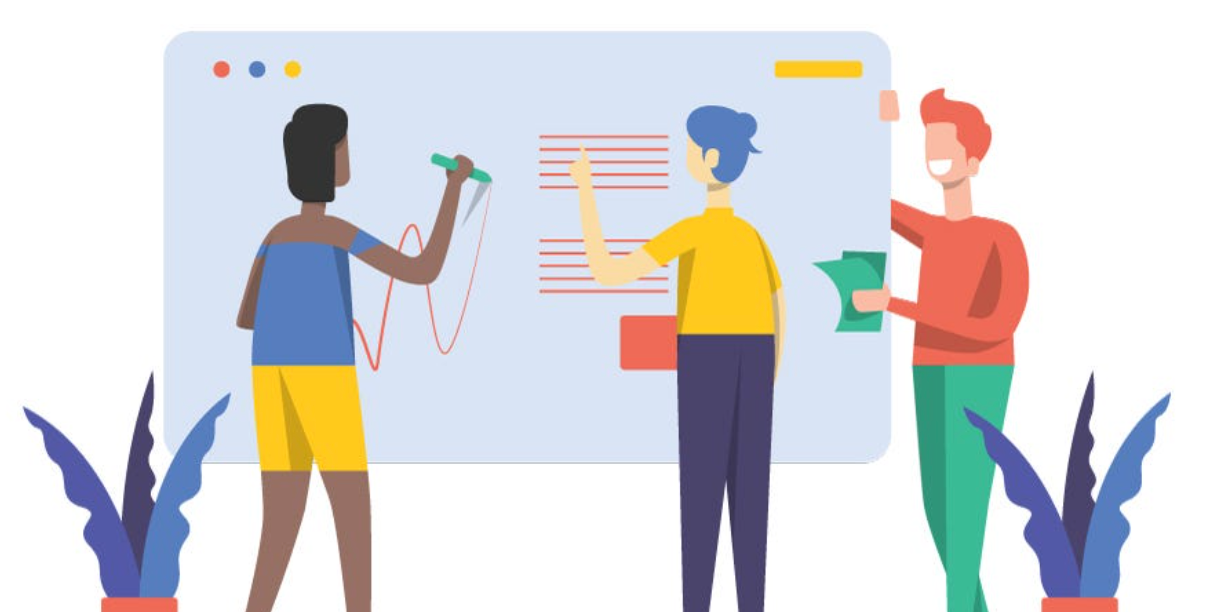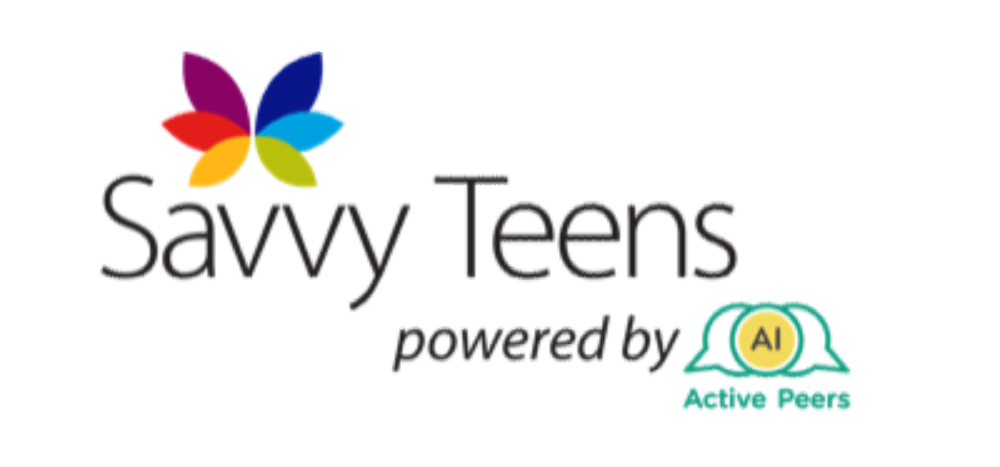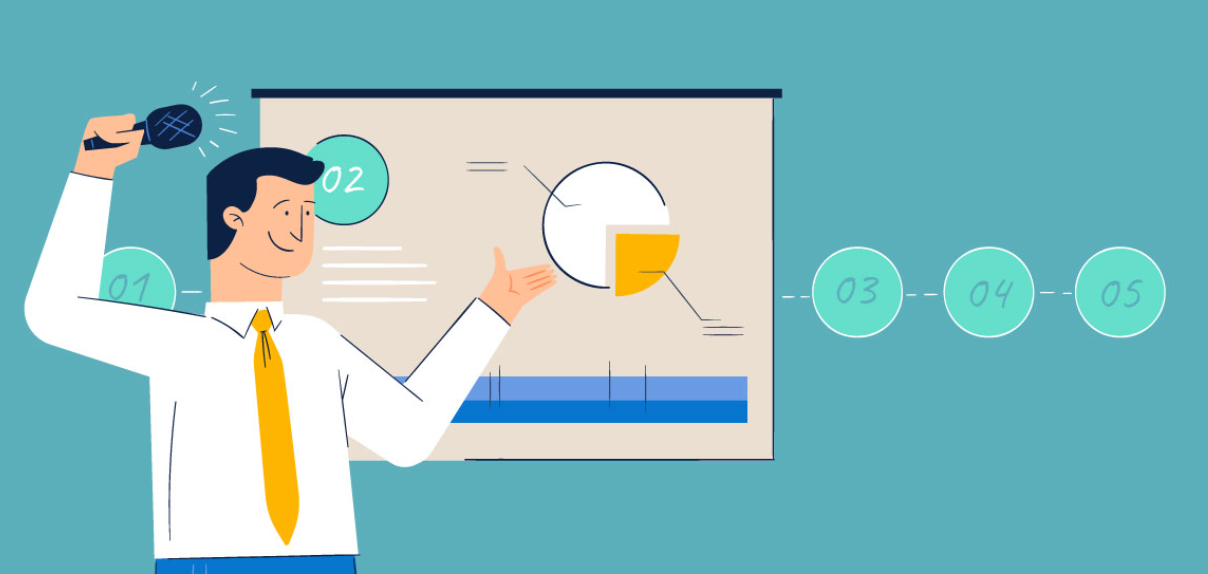5 Best Practices for Online Learning
5 best practices to help students and teachers master e-learning!
As a response to the current global pandemic, most educational institutions have turned towards online learning to provide a safer learning environment for both educators and students. However, online learning is not everyone’s cup of tea and it is not without its challenges. Taking this into consideration, the following article will recommend 5 best practices which can easily be applied in online classrooms to help students and teachers master e-learning.
Creating a Supportive Online Learning Community
First and foremost, a supportive online learning community is crucial for any kind of online learning (Rappolt-Schlichtmann, 2020). Since teachers are not going to be physically present in a classroom with students, it makes it harder for them to check in with students and see how they are doing physically, emotionally and academically (Rappolt-Schlichtmann, 2020). Thus, it is important for teachers to “build time into [their] teaching and learning to reduce social isolation and support feelings of connectedness and belonging” (Rappolt-Schlichtmann, 2020). One way to do this is by encouraging peer learning (Boettcher, 2019). For instance, teachers can open a general student forum where students can post and ask for help from each other so that they can get support from their peers as well (Boettcher, 2019). Teachers can also set up small groups or whole class discussion forums where students can not only mentor and support one another but can also do pair or group projects together (Boettcher, 2019). Moreover, during class time, if the teacher is making use of video conferencing apps such as Zoom, then small breakout rooms could be arranged for the class so that students can interact and discuss with one another. If necessary and possible, teachers can also arrange individual phone or video calls to check in with the students and see how they are coping with their studies and even personal life (Rappolt-Schlichtmann, 2020). This cannot only make students feel less isolated but can also make them feel like they have agency in this online space (Rappolt-Schlichtmann, 2020).
Mixing Asynchronous and Synchronous Learning
A good balance of asynchronous and synchronous learning is need for effective online learning. If students are sitting from 9am-5pm in front of their computer screens attending live online lectures, it will be counterproductive as students are likely to get distracted or tired. However, if students are only given pre-recorded lectures to listen to, then it is hard to track their learning progress. Students might procrastinate and not listen to the lectures at all or they might be doing other things while the lecture plays in the background. Thus, a mixture of asynchronous and synchronous learning is needed. Apart from using asynchronous learning to give students to opportunity to learn at their own pace, they also need to be engaged in “more collaborative and more reflective activities” in synchronous learning (Boettcher, 2019). During live online lectures, students should engage in interactive brainstorming and sharing discussions to stimulate their learning (Boettcher, 2019). At times, students can also be asked to “think, plan, write and summarize” on their own as individual learning needs to be balanced with peer learning (Boettcher, 2019). Moreover, live online classes should be recorded so that students can review them and use them for revision after class (Boettcher, 2019).
Setting Classroom Rules and Clear Expectations
At the beginning of a new course, teachers should set classroom rules and set clear expectations on course workload (Boettcher, 2019). For example, if a teacher is going to be using Zoom to convene the course, then clear expectations regarding student participation should be conveyed in the first lesson (Harvard University, 2020). Doing so not only ensures active student participation but also ensures that students are paying attention to the course material. Teachers should also communicate how much time students should be spending on asynchronous learning each week (Boettcher, 2019). As previously mentioned, it is easy for students to put off doing their work and procrastinate especially if there are no set deadlines. Therefore, the time that students need to do their work needs to be scheduled and planned for (Boettcher, 2019). For instance, teachers could ask students to listen to one pre-recorded lecture and complete one discussion forum question before coming to class. This not only inform students how much time and effort is required of them on a weekly basis but it also keeps them on track by giving them a deadline (i.e. before the start of the class).
Effective Communication Between Teachers and Students
It is important to establish clear guidelines on what communication channels students can use to effectively and efficiently communicate with their teachers. Channels of communication between teachers and students should be made clear in the beginning of the course so that students know exactly how to reach their teachers if and when they encounter problems in their online learning. Teachers should inform students on how they can be contacted, e.g. via email and videoconferencing, and also inform them on when a response can be expected, e.g. within 24 hours on weekdays (Boettcher, 2019). Moreover, talking on the phone with their teachers in case of emergencies could be made an option for students (Friedman, 2020). For instance, if there are some technical issues during live online classes, then students need to know how they can inform their teachers about their situation in the quickest way possible. Some teachers, especially professors in universities, have weekly office hours where students can just drop in for consultations (Friedman, 2020). Since face-to-face office hours is not possible in light of the global pandemic, teachers could instead hold virtual office hours where students can ask questions about the course or their assignments (Friedman, 2020). In case some students are not available during that weekly office hour, virtual consultations or phone consultations by appointment should also be made available. By setting clear expectations on how students can contact their teachers, it can lead to effective communication which is conducive to a better online learning environment.
Accessible Materials
Course materials, especially those for asynchronous learning, need to be made accessible to students. Teachers should refrain from using unfamiliar digital tools to post course materials as some students might not know how to access them (Friedman, 2020). Teachers should instead try to make materials available on easy everyday apps, such as Microsoft Word, Microsoft PowerPoint or Google Docs (Rappolt-Schlichtmann, 2020). In case a teacher finds a digital tool particularly useful for online teaching, then they should provide technical support to students, e.g. by recording a short demo on how to use the tools to access course materials (Friedman, 2020). Moreover, instead of using inaccessible scanned PDFs for handouts, teachers should create PDFs with Optical Character Recognition (OCR) for better reader accessibility (Rappolt-Schlichtmann, 2020). If teachers are using audio or video files in their teaching, then a short text description should be provided (Rappolt-Schlichtmann, 2020). This way, students will still be able to know what the audio or video is about in case they could not access the files.
References
Boettcher, J. (2019). Ten Best Practices for Teaching Online. Designing for Learning. Ten Best Practices for Teaching Online
Friedman, J. (2020, May 4). Tackle Challenges of Online Classes Due to COVID-19. U.S.
Harvard University. (2020). Best Practices: Online Pedagogy. Teach Remotely
https://teachremotely.harvard.edu/best-practices
Rappolt-Schlichtmann, G. (2020, March 18). Distance Learning: 6 UDL Best Practices for Online Learning. https://www.understood.org/en/school-learning/for-educators/universal-design-for-learning/video-distance-learning-udl-best-practices












